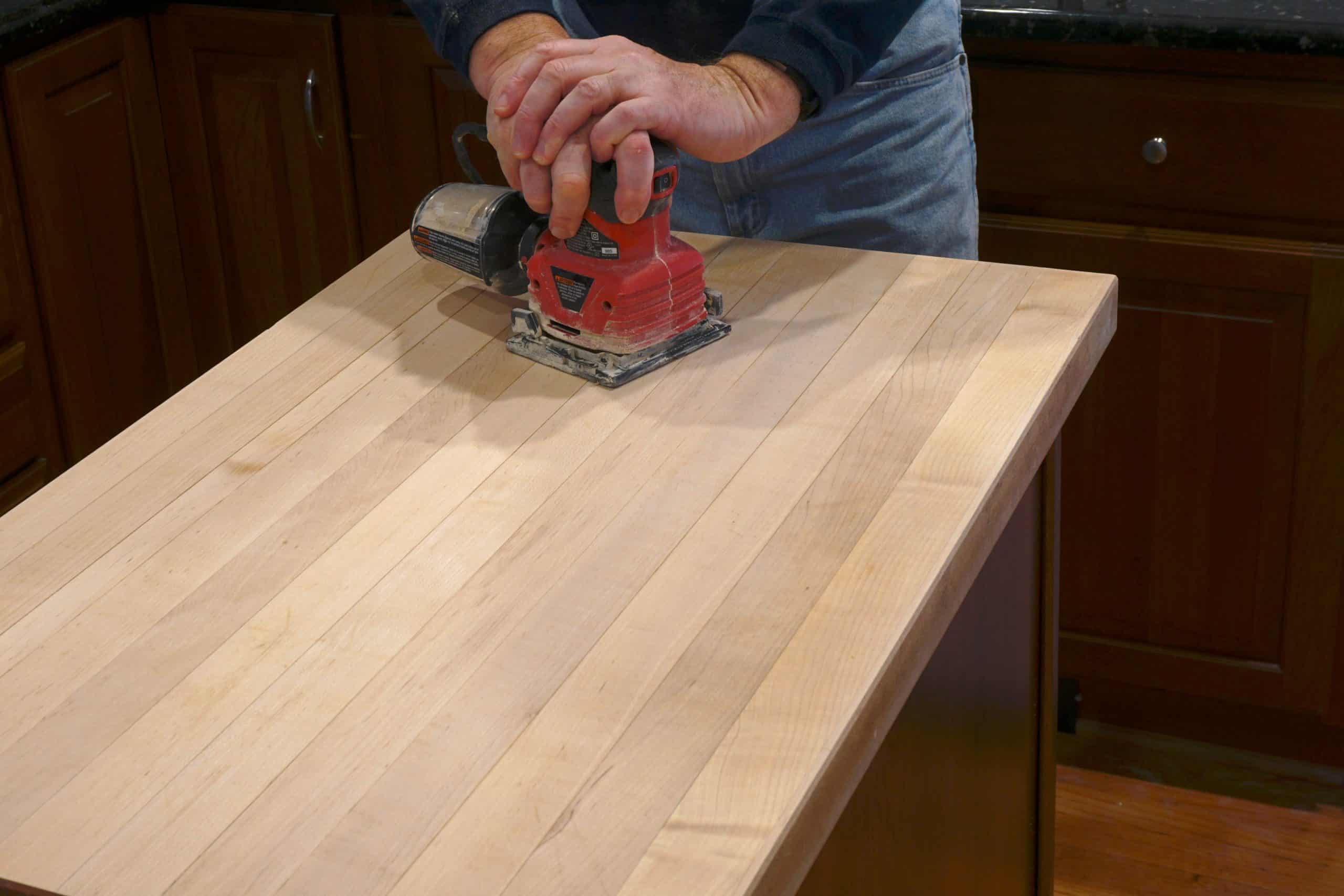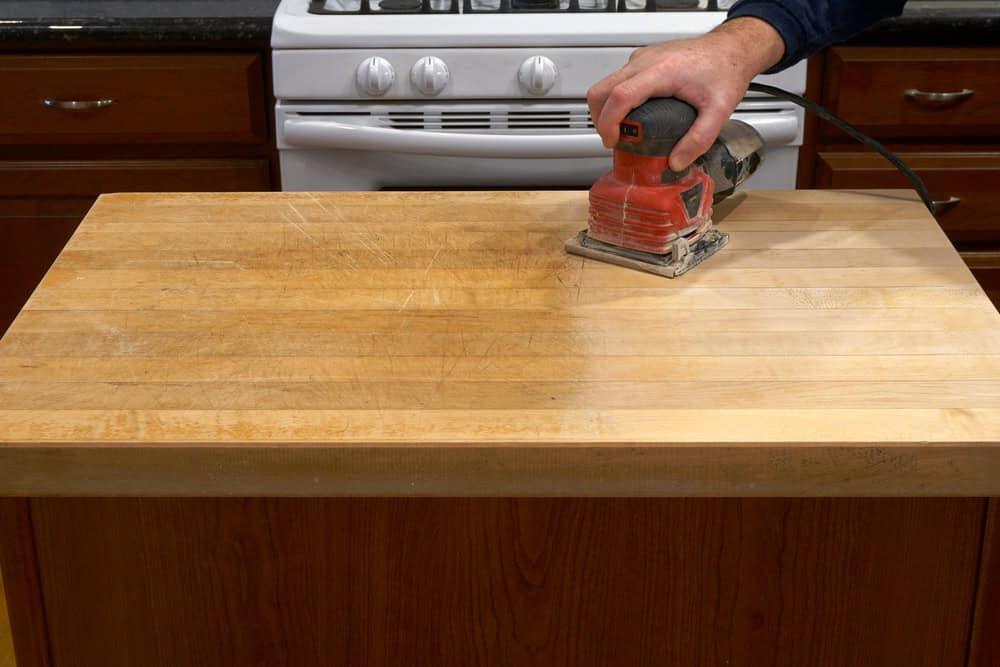Tired of outdated or damaged countertops? Imagine surfaces that gleam, resist stains, and add value to your home. Diamond Stone Restoration Corp offers Countertop Refinishing in Alphabet City, NY, a cost-effective solution to refresh your kitchen or bathroom. We specialize in revitalizing worn countertops.

Hear from Our Customers

Countertop Refinishing in Alphabet City offers numerous advantages for homeowners. First, it allows for a complete transformation of your space without the extensive demolition and reconstruction involved in replacing countertops. Second, it is a budget-friendly option, saving you significant money while still achieving a high-quality, updated look. Third, our specialized techniques and materials create a durable finish that resists stains, scratches, and everyday wear and tear, extending the life of your countertops. Finally, the process is quick and efficient, minimizing disruption to your daily routine.
Diamond Stone Restoration Corp is a leading provider of Countertop Refinishing in Alphabet City, New York City. We understand the specific needs of homeowners in this area and are dedicated to providing outstanding results. Our team uses premium materials and advanced techniques to guarantee a consistent finish that lasts. We are enthusiastically dedicated to client satisfaction and strive to exceed expectations on every project. We value your time and offer flexible scheduling to minimize disruption to your home. Contact us today for a free consultation and discover how we can transform your space.


Ready to get started?
Countertop Refinishing in Alphabet City is an investment that pays off. Imagine a kitchen or bathroom with countertops that look brand new, enhancing the overall appearance and value of your home. Our specialized process not only improves the aesthetics of your space but also protects your countertops from future damage. At Diamond Stone Restoration Corp, we are committed to providing top-quality service and exceptional results. Contact us today to schedule your free consultation and transform your countertops.

Prior to development, most of present-day Alphabet City was a salt marsh, regularly flooded by the tides of the East River (technically an estuary, not a river). Marshes played a critical role in the food web and protected the coast. The Lenape Native Americans who inhabited Manhattan before European contact presided over similar ecosystems from New York Bay to Delaware Bay. They tended to settle in forest clearings. In summer, however, they foraged shellfish, gathered cordgrass for weaving, and otherwise exploited the wetlands.
Dutch settlers brought a different model of land ownership and use. In 1625, representatives of the Dutch West India Company set their sights on lower Manhattan, with plans for a fortified town at its tip served by farms above. In 1626, they “purchased” the island from a local Lenape group and began parceling the land into boweries (from the Dutch for “farm”). The northern half of the Alphabet City area was part of Bowery Number 2. The southwest quarter was part of Bowery Number 3. Both belonged initially to the company but were soon sold to individuals. By 1663, a year before surrendering the colony to England, Director General Peter Stuyvesant had acquired the relevant part of Number 2 and much of Number 3 from other settlers. The company divided the southeast quarter of Alphabet City into small lots associated with larger parcels further away from the shore. In this way, upland farmers gained access to the unique tidal ecosystem-“salt meadow” as they called it-and with it, “salt hay,” a cordgrass species valued as fodder. In his influential Description of New Netherland (1655), Adriaen van der Donck informed his fellow Dutchmen:
There [are] salt meadows; some so extensive that the eye cannot oversee the same. Those are good for pasturage and hay, although the same are overflowed by the spring tides, particularly near the seaboard. These meadows resemble the lows and outlands of the Netherlands. Most of them could be dyked and cultivated.
Learn more about Alphabet City.
Local Resources
Useful Links
Ready To Restore The Beauty Inside Your Stone?
Contact us today!
Diamond Stone Restorations Corp
Company
Support
Useful Links